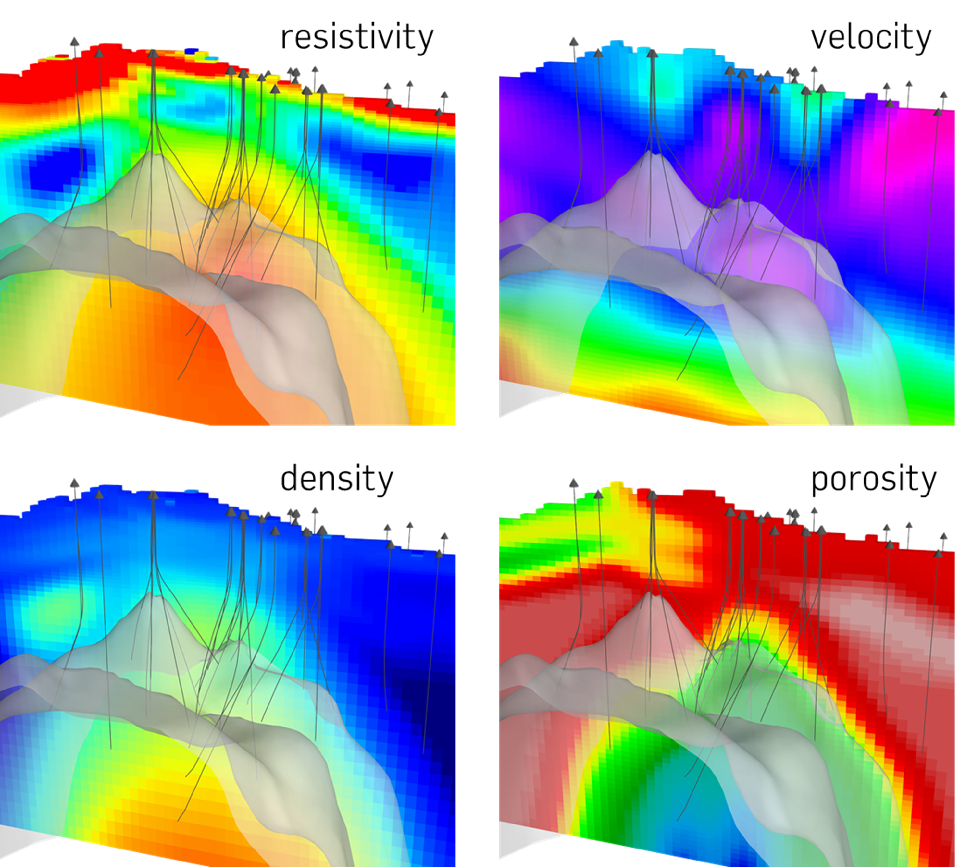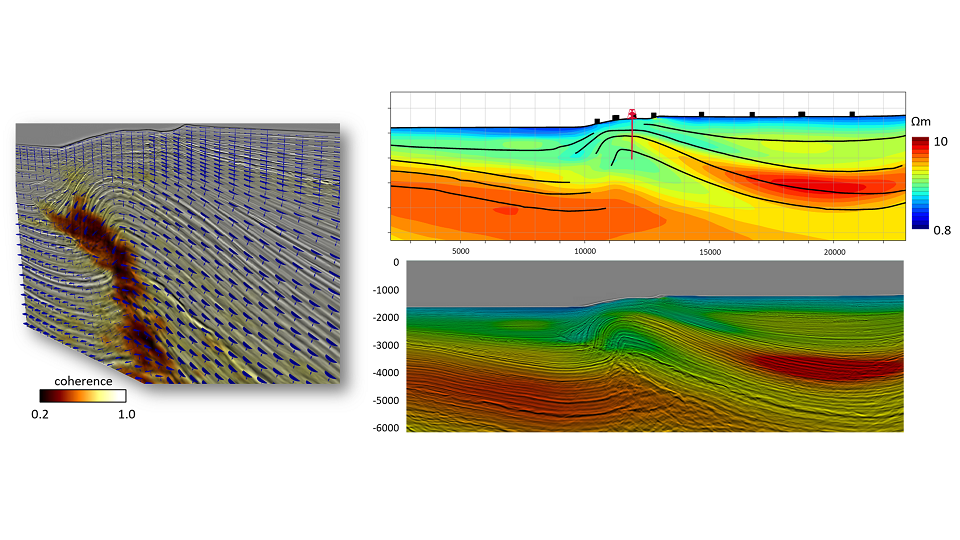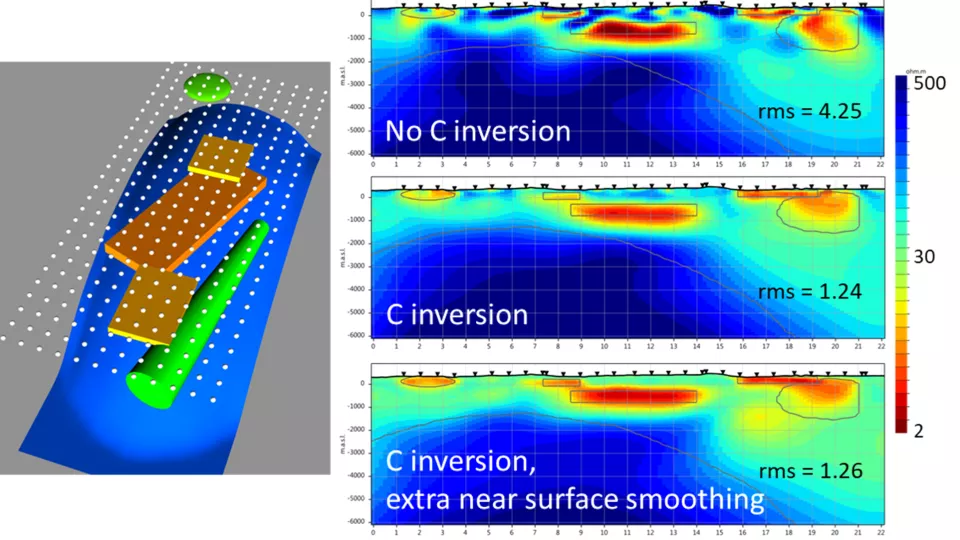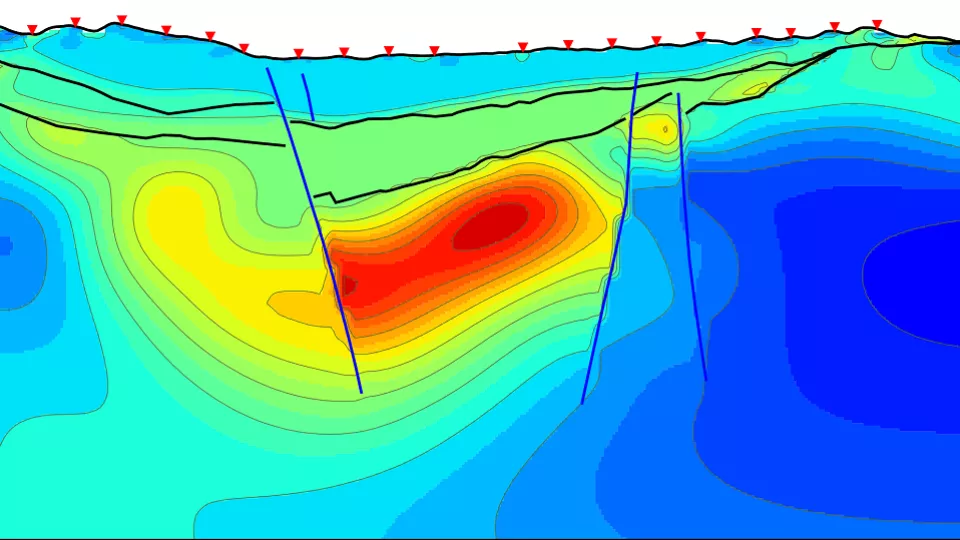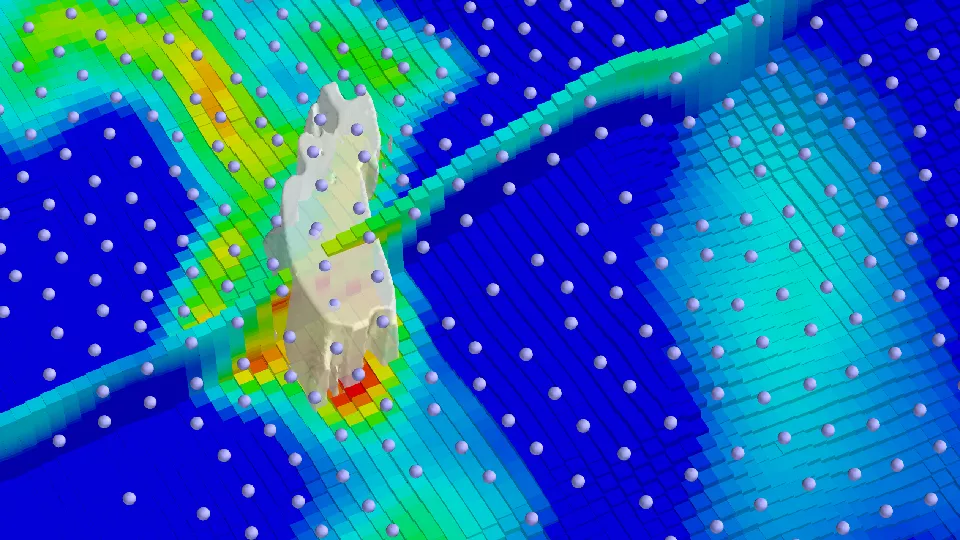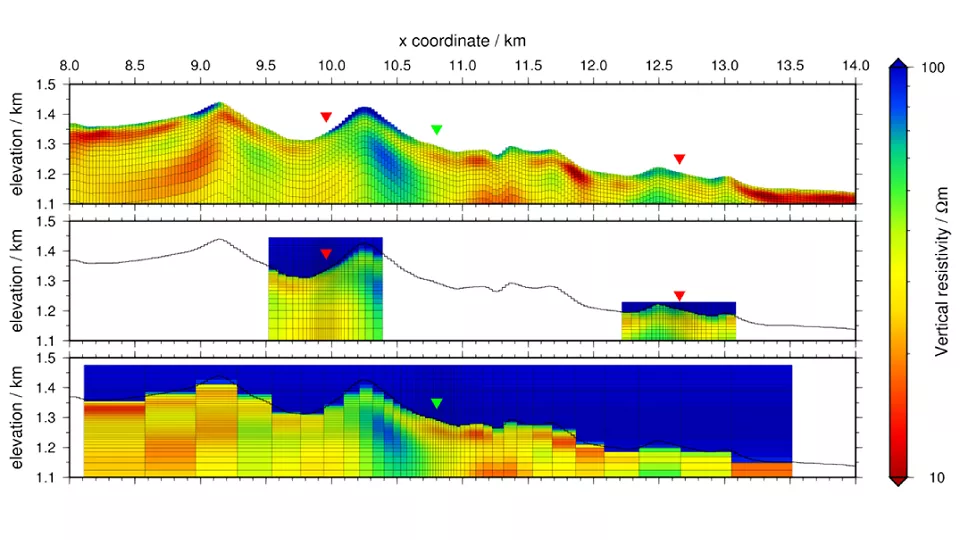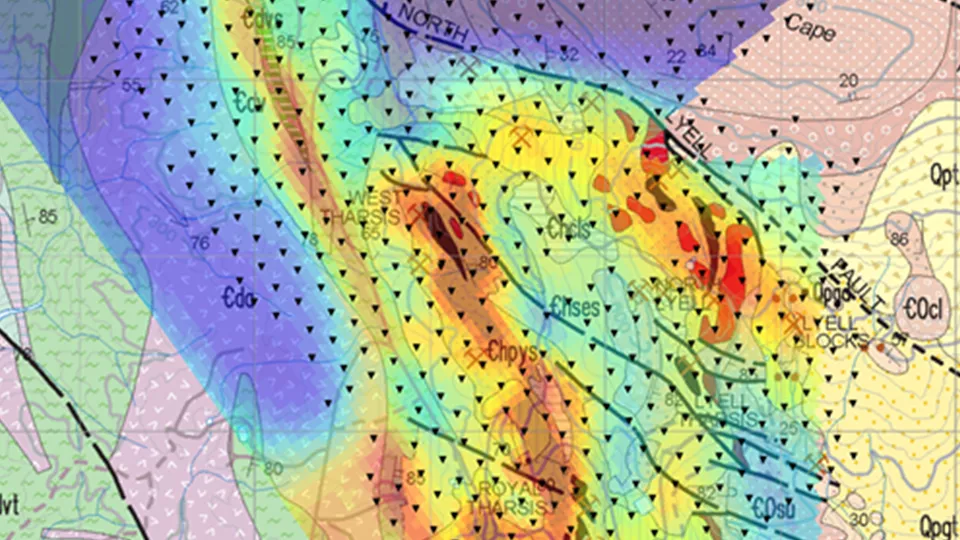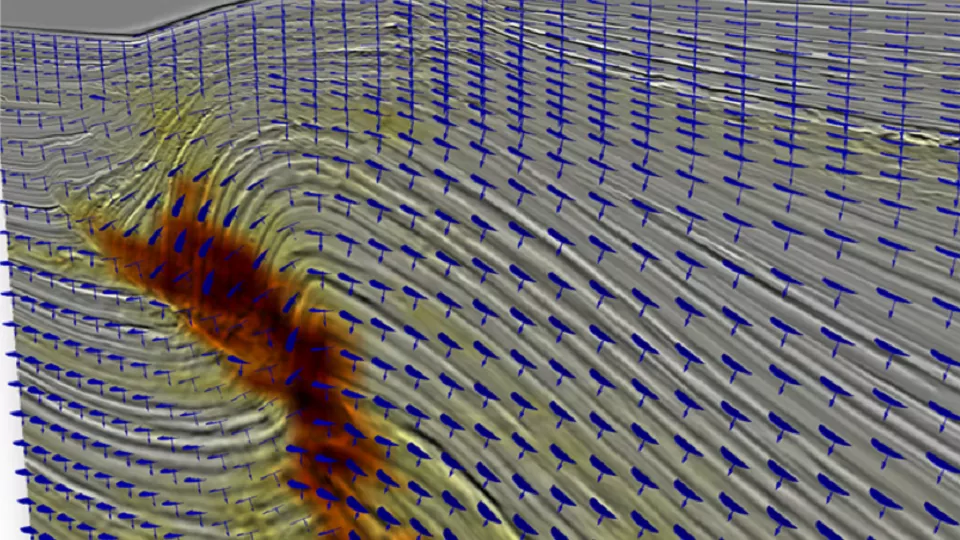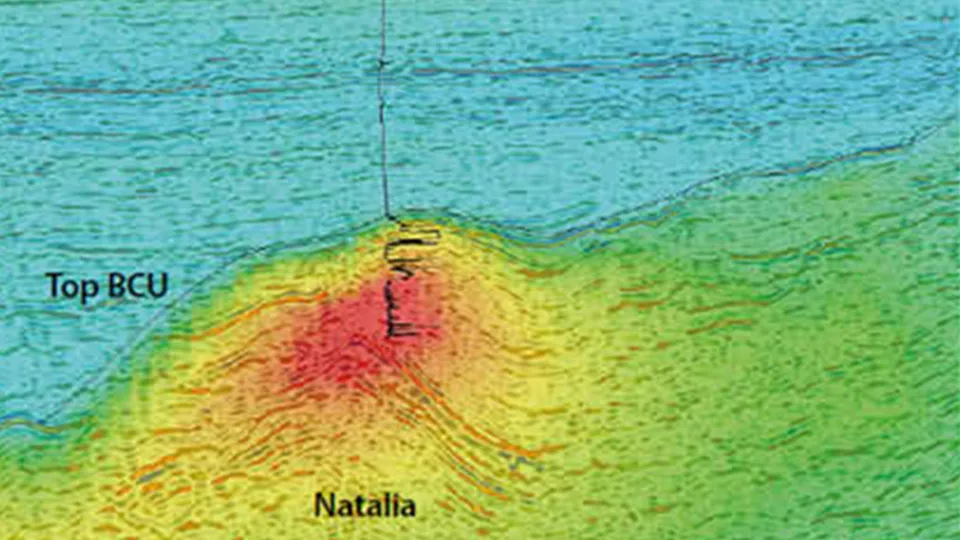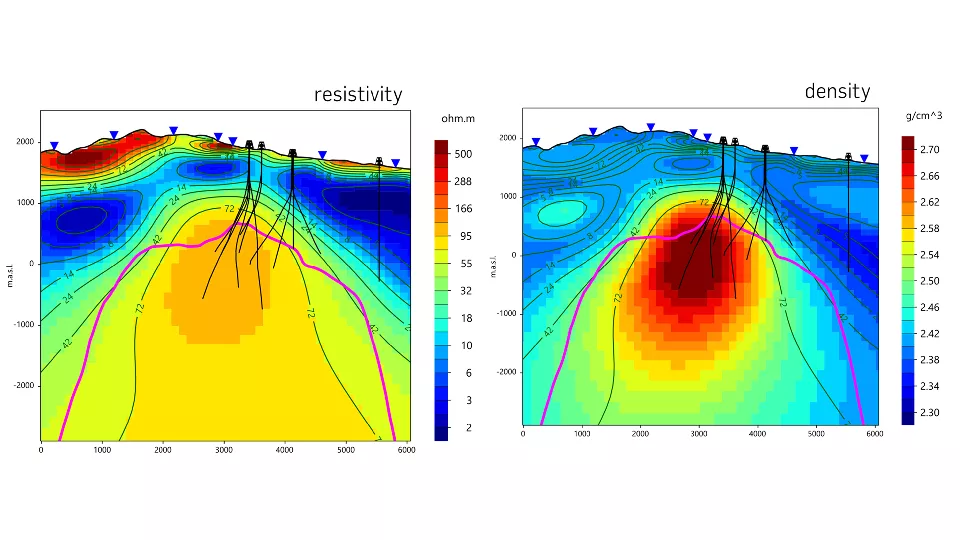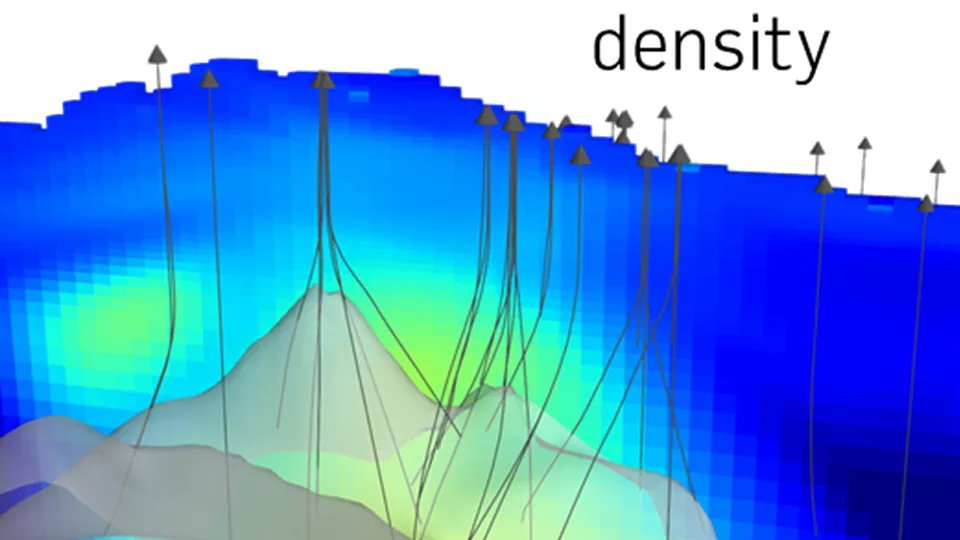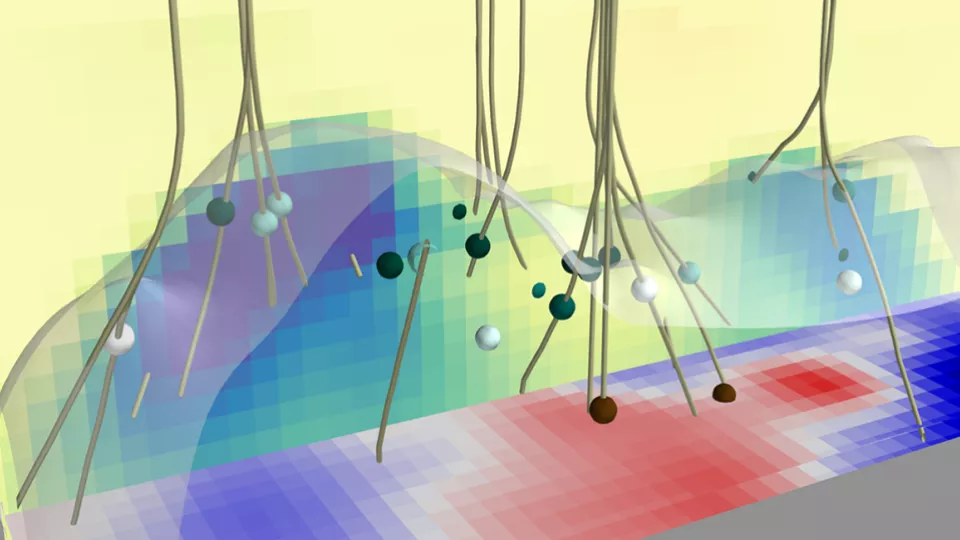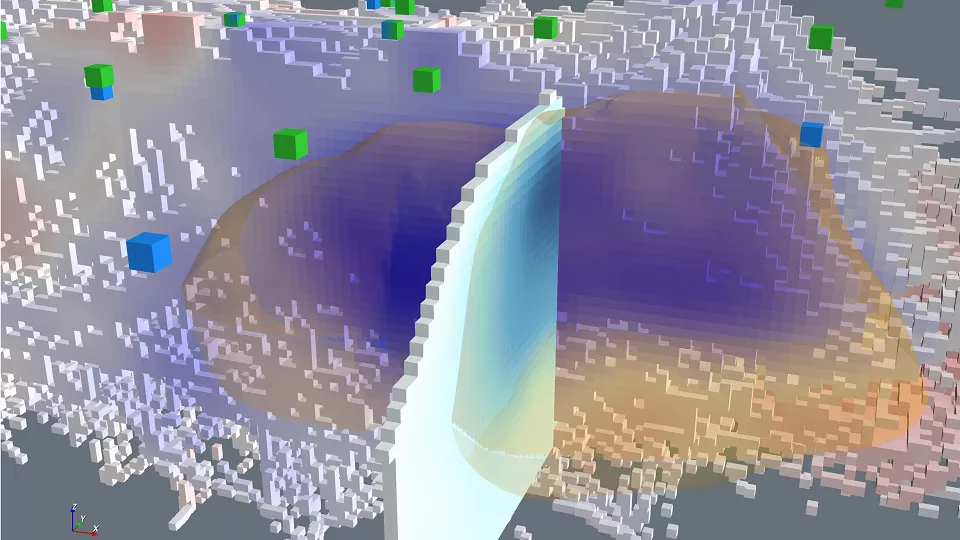Modeling Services and Software
Your partner for addressing exploration and monitoring challenges with multiphysics
Our in-house-developed multiphysics 3D inversion suites, RLM-3D and Otze, cover a wide range of technologies and are adoptable to any configuration and geological setting. Our expertise includes:
- Flexible regularization options enabling tailored structural control and honoring of prior information
- Joint inversions between different disciplines to reduce uncertainty and provide better resolution of rock properties
- Linking between different geophysical properties by use of cross-gradients or clustering techniques
- Inversions geologically steered by promoting structural similarity from prior gradients
Contact us for solutions as a service or for software licensing options.

Providing complete Earth modeling solutions for the Energy Transition
From airborne to marine and land, find the geophysical method to suite your mining, geothermal, CCUS or O&G challenge.

